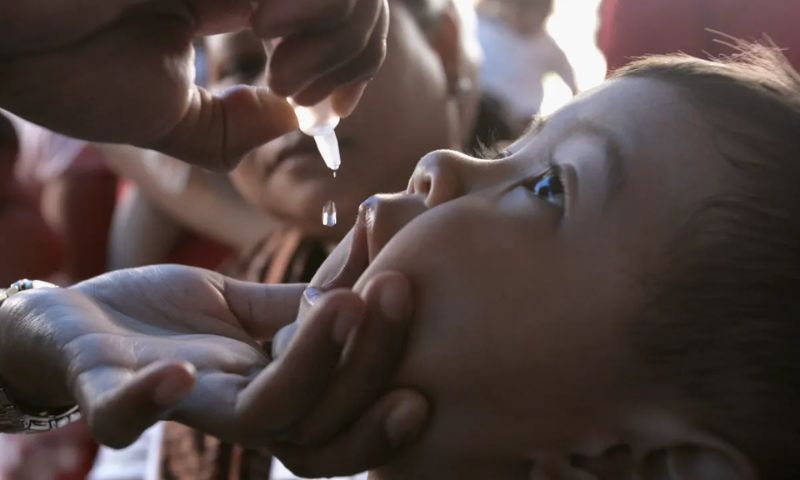Fitness
Stall In Vaccination Rates Putting Kids At High Risk: UN – WE News English

GENEVA: Global childhood vaccination rates have stalled, leaving millions more children un- or under-vaccinated than before the pandemic, the UN said on Monday, warning of dangerous coverage gaps enabling outbreaks of diseases like measles.
In 2023, 84% of children, or 108 million, received three doses of the vaccine against diphtheria, tetanus, and pertussis (DTP), the same percentage as the previous year. This marks a halt in the modest progress seen in 2022 following the steep decline during the COVID-19 crisis. The rate was 86% in 2019 before the pandemic.
“The latest trends demonstrate that many countries continue to miss far too many children,” according to UNICEF chief Catherine Russell in a joint statement. The report found that 2.7 million more children were un- or under-vaccinated in 2023 compared to pre-pandemic levels in 2019.
“We are off track,” stated by WHO vaccine chief Kate O’Brien. “Global immunization coverage has yet to fully recover from the historic backsliding during the pandemic.”
Not only has progress stalled, but the number of “zero-dose” children, those who have not received any vaccines, increased to 14.5 million in 2023 from 13.9 million in 2022 and 12.8 million in 2019. “This puts the lives of the most vulnerable children at risk,” O’Brien said.
More than half of the world’s unvaccinated children live in 31 conflict-affected countries, where they are especially vulnerable to preventable diseases due to lack of access to security, nutrition, and health services. Children in these countries are also more likely to miss necessary follow-up vaccinations. In 2023, 6.5 million children worldwide did not complete their third dose of the DTP vaccine, necessary for disease protection in early childhood.
WHO and UNICEF expressed deep concern over declining measles vaccination rates amid increasing outbreaks across the world. “Measles outbreaks are the canary in the coal mine, exposing and exploiting gaps in immunization and hitting the most vulnerable first,” said WHO chief Tedros Adhanom Ghebreyesus.
In 2023, only 83% of children worldwide received their first measles vaccine dose, the same level as in 2022 but down from 86% pre-pandemic. Only 74% received the necessary second dose, well below the 95% needed to prevent outbreaks. More than 300,000 measles cases were confirmed in 2023, nearly three times as many as the last year. Over the last five years, 103 countries experienced outbreaks, with low vaccination coverage of 80% or lower being a major factor. In contrast, ninety-one countries with strong measles vaccine coverage had no outbreaks.
On a positive note, vaccination rates against the HPV virus, which causes cervical cancer, have increased. However, the vaccine still only reaches 56% of adolescent girls in high-income countries and 23% in lower-income countries, far below the 90% target.










